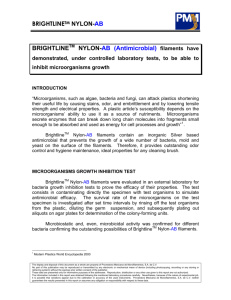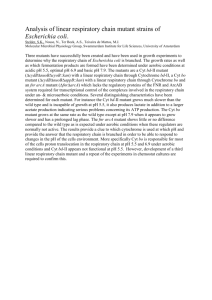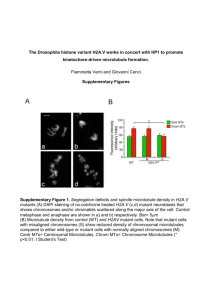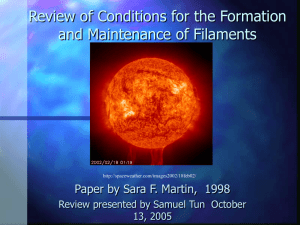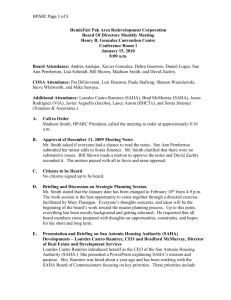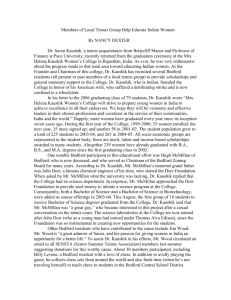A B - figshare
advertisement
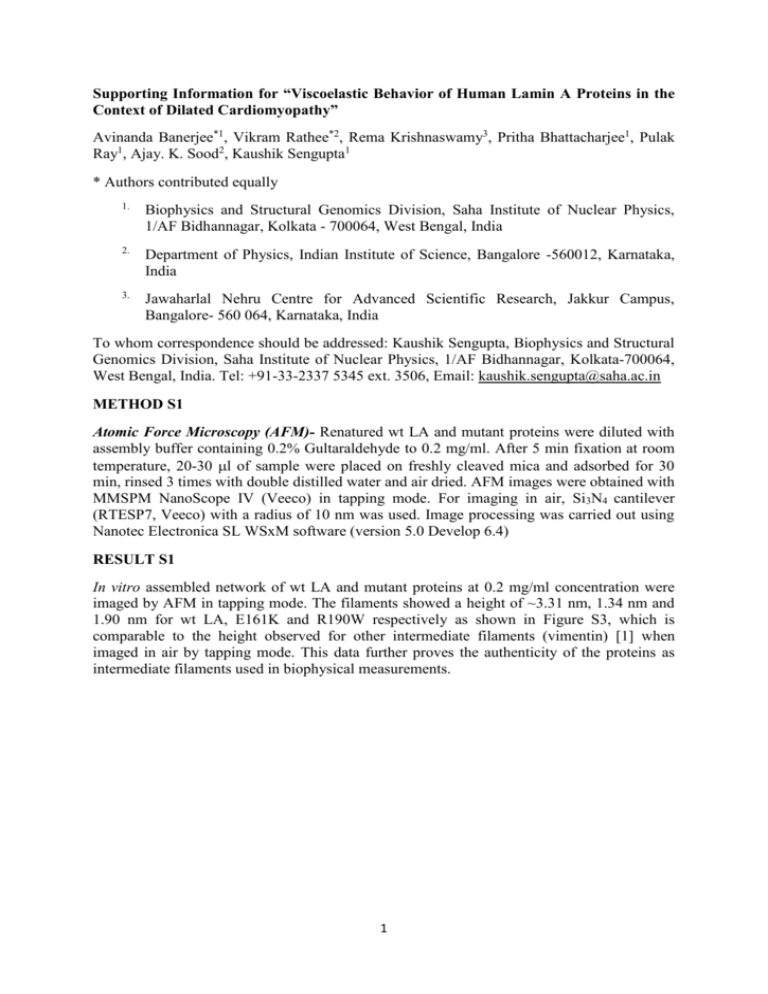
Supporting Information for “Viscoelastic Behavior of Human Lamin A Proteins in the Context of Dilated Cardiomyopathy” Avinanda Banerjee*1, Vikram Rathee*2, Rema Krishnaswamy3, Pritha Bhattacharjee1, Pulak Ray1, Ajay. K. Sood2, Kaushik Sengupta1 * Authors contributed equally 1. Biophysics and Structural Genomics Division, Saha Institute of Nuclear Physics, 1/AF Bidhannagar, Kolkata - 700064, West Bengal, India 2. Department of Physics, Indian Institute of Science, Bangalore -560012, Karnataka, India 3. Jawaharlal Nehru Centre for Advanced Scientific Research, Jakkur Campus, Bangalore- 560 064, Karnataka, India To whom correspondence should be addressed: Kaushik Sengupta, Biophysics and Structural Genomics Division, Saha Institute of Nuclear Physics, 1/AF Bidhannagar, Kolkata-700064, West Bengal, India. Tel: +91-33-2337 5345 ext. 3506, Email: kaushik.sengupta@saha.ac.in METHOD S1 Atomic Force Microscopy (AFM)- Renatured wt LA and mutant proteins were diluted with assembly buffer containing 0.2% Gultaraldehyde to 0.2 mg/ml. After 5 min fixation at room temperature, 20-30 l of sample were placed on freshly cleaved mica and adsorbed for 30 min, rinsed 3 times with double distilled water and air dried. AFM images were obtained with MMSPM NanoScope IV (Veeco) in tapping mode. For imaging in air, Si3N4 cantilever (RTESP7, Veeco) with a radius of 10 nm was used. Image processing was carried out using Nanotec Electronica SL WSxM software (version 5.0 Develop 6.4) RESULT S1 In vitro assembled network of wt LA and mutant proteins at 0.2 mg/ml concentration were imaged by AFM in tapping mode. The filaments showed a height of ~3.31 nm, 1.34 nm and 1.90 nm for wt LA, E161K and R190W respectively as shown in Figure S3, which is comparable to the height observed for other intermediate filaments (vimentin) [1] when imaged in air by tapping mode. This data further proves the authenticity of the proteins as intermediate filaments used in biophysical measurements. 1 Figure S1: Flow chart representing the scheme of the rheological measurements. 2 A B Figure S2: Ultrastructure of lamin A network. A) The nuclear lamina of HeLa cells transfected with pEGFP-LA and mutant constructs. Upper panels denote the wt LA, E161K and R190W respectively, whereas the bottom panels represent zoomed areas indicated by white squares which are magnified 7-fold in each case. The white arrows in the lower panels indicate the mesh area in the lamina. Scale bar = 2 m. B) SEM image of hetero-polymerised wt LA and E161K network assembled in vitro in assembly buffer. Wild type and mutant 3 protein were mixed in equal stoichiometry starting from 0.1 mg/ml up to a final concentration of 0.6 mg/ml. Images were acquired at a magnification 800x. Scale bar is 50 m. Arrow and Asterisk marks indicate the cross-linked sites and bundled filaments in the network. Figure S3: Roughness profile of the in vitro assembled wild type and mutant proteins. The surface roughness profiles of the network formed by wt LA, E161K and R190W, showed a filament height of ~3.31 nm, 1.34 nm and 1.90 nm for wt LA, E161K and R190W respectively. 4 Figure S4: Decrease in Phase angle with time. Lamin A networks assembled in vitro at different concentrations exhibit a time dependent decrease in phase angle at constant frequency and amplitude under oscillatory shear. SUPPORTING INFORMATION REFERENCE 1. Ando S, Nakao K-i, Gohara R, Takasaki Y, Suehiro K, et al. (2004) Morphological analysis of glutaraldehyde-fixed vimentin intermediate filaments and assemblyintermediates by atomic force microscopy. Biochim Biophys Acta 1702: 53-65. 5


